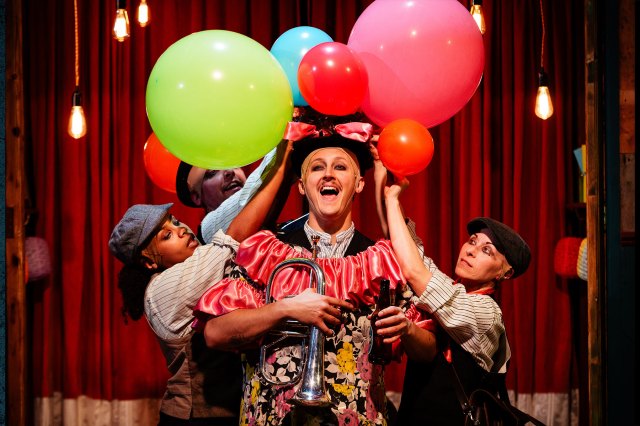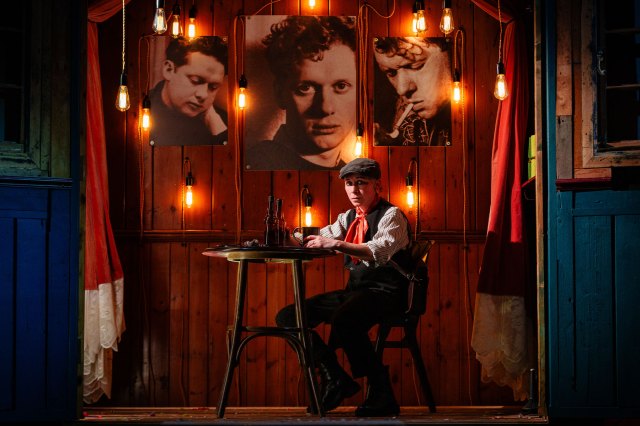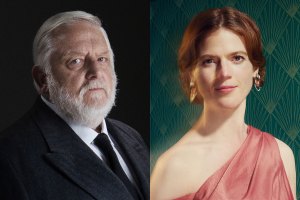A Child’s Christmas in Wales at The Lucky Chance in Frome – review
The Emma Rice Company’s world premiere adaptation of the Dylan Thomas classic runs until 21 December

Dylan Thomas’ A Child’s Christmas in Wales is a sliver of prose full of richness. As the Welsh poet wrote down his recollections of a childhood where “one Christmas was much like the other” and “I can never remember whether it snowed for six days and nights when I was 12, or whether it snowed for 12 days and 12 nights when I was six”, he was also writing about the nature of memory itself.
The entire piece is full of a sense of simple things meaning a lot, of a glimpse of a more innocent time that represented an entire world of possibility. It is therefore a perfect choice for adaptation as a festive show, and Emma Rice’s small-scale version, performed at her company’s The Lucky Chance base in Frome, is full of an affectionate understanding of the qualities that make it so apt.
The setting inside a decommissioned Methodist Church is tiny. Rows of chairs – some high, some low – fit an audience of around 100. It’s a far cry from some of Rice’s recent productions, such as Malory Towers and The Buddha of Suburbia at the RSC. But it has the same rough-hewn magic of all her shows, a belief in the power of storytelling, the act of gathering a group of people in a room to share the same experience at the same time.
Its gang of four blue-nosed clowns – Katy Owen, Tom Fox, Simon Oskarsson and Robyn Sinclair, who have all worked extensively with Rice before – quickly transform into many parts with narrator Owen pulling on a green balaclava when she wants to revert to her childish self, reciting the pleasures of youth with wide-eyed wonder.
The music director Ian Ross is at the piano. The set is little more than a cupboard, beautifully lit by Malcolm Rippeth, so that when its doors are pulled open, it feels like a warm house in contrast to the cold we are imagining outside.
There’s a strong element of fantasy. Doilies on ledges stand for snowfall; rolled up white socks for snowballs (hurled by the audience to help put out the fire in Mrs Prothero’s sitting room); a terrifying ghost is made of tablecloths and paper. It’s like an amateur production performed professionally.

Despite the restricted space, the cast are constantly on the move, climbing over the roof of the cupboard, shimmying down the side on a pole that creates a sense of momentum. They slide across the floor on tea-trays to make the sound of a postman crunching through the snow; they ring bells as they sing hymns in Welsh.
The music, threaded through the action, is part of its appeal. Towards the close, when “Auntie Hannah, who had got on to the parsnip wine, sang a song about ‘Bleeding Hearts’ and ‘Death’”, Oskarsson puts on a dress and sings a sad song while accompanying himself on the flugelhorn. It’s both moving and comic, an evocation of all the emotions that flood through Christmas gatherings and that animate Thomas’ nostalgic piece of writing about the community that sustained him.
The final tableau in memory of his death at the age of 39 isn’t really necessary, as the entire show pays tribute to his words. It’s a lovely piece of Christmas entertainment, full of feeling.















